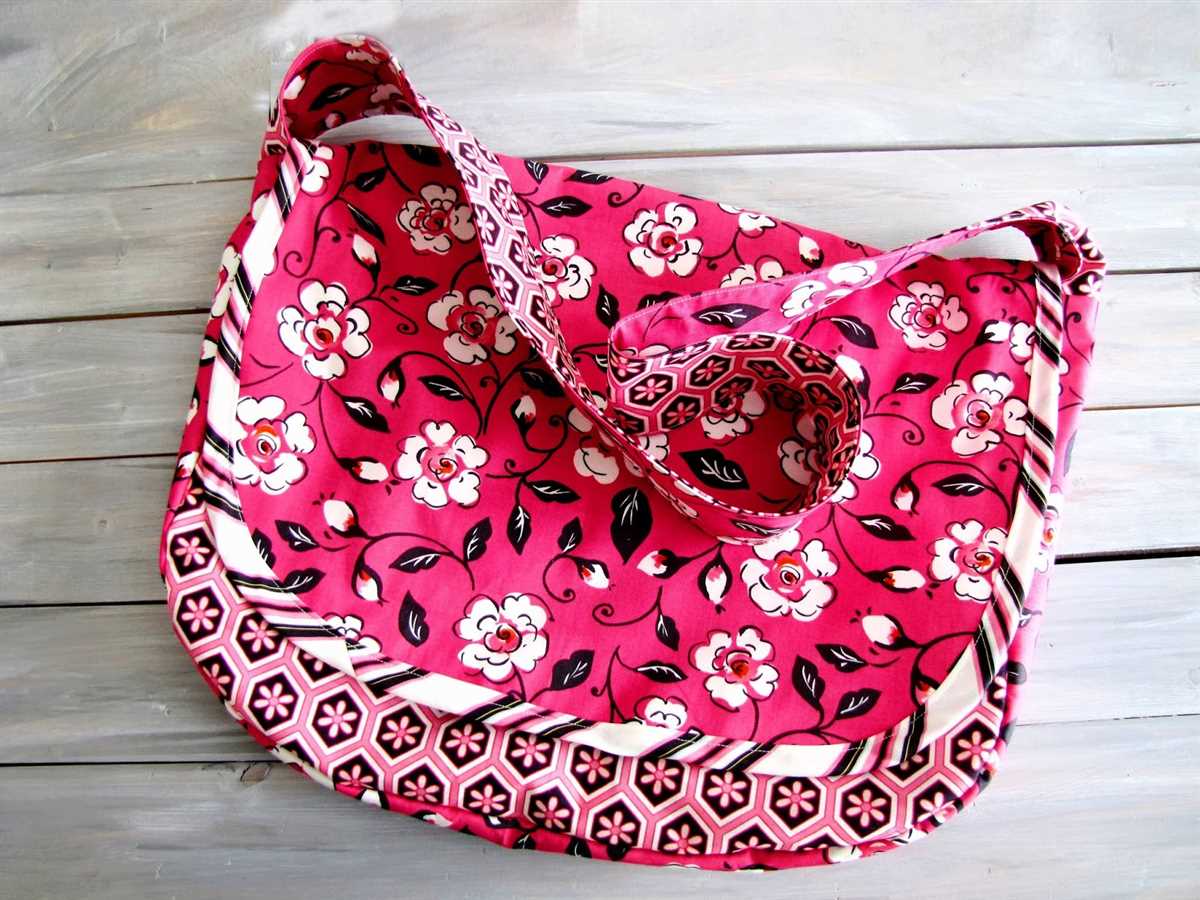
If you enjoy knitting, then you know how important it is to have a good knitting bag. A knitting bag not only helps you carry your projects and supplies, but it also keeps everything organized and easily accessible. Instead of buying a generic knitting bag from a store, why not make your own? Sewing your own knitting bag allows you to customize it to your specific needs and style.
There are many knitting bag patterns available online that you can use to create your own unique bag. These patterns range from simple to complex, depending on your skill level and the features you desire. Some patterns include separate compartments for various knitting needles and crochet hooks, while others have pockets for holding smaller items like stitch markers and tape measures. Whatever your preferences may be, there is a pattern out there that will suit your needs.
Sewing a knitting bag can be a fun and rewarding project. Not only do you get to unleash your creativity by choosing fabrics and colors that you love, but you also end up with a one-of-a-kind bag that reflects your personal style. Plus, sewing your own bag allows you to add any additional features or modifications that you may need, such as adjustable straps or extra pockets. With a little bit of time and effort, you can create a knitting bag that is not only functional, but also beautiful.
A Short Overview of Knitting Bags and Their Benefits
If you’re an avid knitter or enjoy knitting as a hobby, having a knitting bag is essential. A knitting bag is a specialized bag designed to hold all your knitting supplies and projects. It’s a convenient and organized way to store and carry your knitting needles, yarn, and other accessories.
One of the primary benefits of using a knitting bag is its functionality. These bags often have multiple compartments, pockets, and organizers to keep your knitting tools tidy and easily accessible. You can separate your knitting needles, crochet hooks, scissors, and measuring tapes, so you don’t have to dig through a messy pile to find what you need. Additionally, the compartments are typically designed to prevent your needles from getting tangled.
Another advantage of knitting bags is their portability. They are designed to be lightweight and easy to carry, and many come with sturdy handles or adjustable straps. You can take your knitting projects with you wherever you go, whether it’s to a knitting class, a friend’s house, or on a long journey. With a knitting bag, you can keep your projects organized and transport them without any hassle.
Knitting bags also provide protection for your projects. They are often made with durable and water-resistant materials that keep your yarn safe from spills, dust, and other potential damage. Some bags even have padded compartments to protect your work in progress from accidental bumps or drops. This added protection ensures that your knitting projects stay in perfect condition until you’re ready to work on them again.
Lastly, knitting bags can be stylish and customizable. There are countless designs and patterns available, allowing you to choose a bag that reflects your personal style. Whether you prefer a classic and elegant look or something more colorful and whimsical, there’s a knitting bag out there for you. Some bags even have customizable features like removable dividers or interchangeable pouches.
In conclusion, investing in a knitting bag can greatly enhance your knitting experience. It provides organization, portability, protection, and personalization, making it an indispensable accessory for any knitter.
Types of knitting bags
When it comes to knitting, having a good quality knitting bag to store and carry your supplies is essential. There are various types of knitting bags available on the market, each offering different features and styles to suit your needs.
1. Tote bags: Tote bags are a popular choice among knitters due to their versatility and spaciousness. These bags usually have a large main compartment that can easily accommodate several knitting projects, along with additional pockets and compartments for organizing small accessories like needles and stitch markers.
2. Project bags: Project bags are perfect for knitters who like to keep their works-in-progress organized. These bags are usually compact and portable, designed to hold one project at a time. They often have internal pockets and compartments for keeping the project and its accessories separate and easily accessible.
3. Knitting backpacks: Knitting backpacks are a great option for knitters who like to knit on the go. These bags typically have a large main compartment for storing projects and supplies, as well as additional pockets and compartments for essentials like water bottles and electronics. They are designed to distribute the weight evenly and provide comfort while carrying.
4. Roll-up knitting bags: Roll-up knitting bags are compact and convenient, perfect for knitters who want to keep their supplies organized in a compact space. These bags usually have multiple pockets and compartments for storing different types of needles, stitch markers, and other accessories. They can be rolled up for easy storage and transport.
5. Yarn bowls: While not technically a bag, yarn bowls are popular among knitters for keeping yarn tangle-free and easily accessible. These bowls are usually made of wood or ceramic and have a curved shape that allows the yarn to unwind smoothly while knitting. They have a hole or slit for feeding the yarn through, preventing it from rolling away and getting tangled.
When choosing a knitting bag, consider your knitting style, the size of your projects, and the level of organization you prefer. With the right knitting bag, you can keep your knitting supplies neat and easily accessible, making your knitting experience enjoyable and stress-free.
Exploring various styles and designs
When it comes to knitting bag patterns, there are a plethora of styles and designs to choose from. Whether you prefer a classic tote bag or a more modern backpack style, there is a pattern out there to suit your personal taste and needs.
Tote bags: Tote bags are a popular choice for knitters, as they offer plenty of space for yarn, needles, and other knitting essentials. Some patterns feature large open compartments, while others have multiple pockets and organizers to keep your supplies neat and tidy. Tote bags can be made from a variety of fabrics, with options for adjustable straps and secure closures.
Backpacks: If you prefer a hands-free knitting experience, a backpack-style knitting bag might be the perfect choice for you. These bags often feature multiple compartments and pockets, allowing you to organize your knitting supplies and easily access them on the go. Backpack knitting bags can be made from durable materials like canvas or nylon, and they typically have adjustable straps for a comfortable fit.
Drawstring bags: Drawstring bags offer a more casual and compact option for knitters on the move. These bags typically have a single compartment, but some patterns include additional pockets for small items like stitch markers or scissors. Drawstring bags are easy to open and close, and they can be made from a wide range of fabrics to suit your personal style.
Messenger bags: If you’re looking for a knitting bag that combines style and practicality, a messenger bag might be the perfect choice. These bags are typically worn across the body and feature a flap closure for added security. Messenger bags for knitters often have multiple pockets and compartments, making it easy to organize your knitting supplies and keep them within reach.
Other designs: In addition to these popular styles, there are also a variety of unique and creative knitting bag patterns available. From mini totes designed for small knitting projects to oversized duffel bags for those who like to carry their entire yarn stash, there is a pattern out there for every knitter’s needs and preferences.
Whatever style or design you choose, sewing your own knitting bag allows you to customize it to your liking and create a bag that is both functional and fashionable. So why not explore various knitting bag patterns and find the perfect one for your next knitting project?
Choosing the right fabric for your knitting bag
When it comes to sewing your own knitting bag, choosing the right fabric is essential. The type of fabric you choose can affect the durability, functionality, and overall aesthetics of the bag. Here are a few factors to consider when selecting fabric for your knitting bag:
1. Durability

One key aspect to consider is the durability of the fabric. Knitting bags are often used to carry heavy yarn, needles, and other knitting accessories, so you’ll want a fabric that can withstand the weight and potential wear and tear. Consider choosing a sturdy fabric like canvas or denim, which are known for their strength and durability. These fabrics can withstand the weight and use over time, ensuring that your knitting bag will last.
2. Washability
Knitting bags can get dirty and stained over time. Therefore, it’s important to choose a fabric that is easy to clean. Look for fabrics that are machine washable or can be spot cleaned with ease. Avoid fabrics that may shrink or fade when washed. Additionally, consider fabrics that are resistant to water or have a waterproof coating, as this can help protect your knitting projects if you’re caught in the rain or accidentally spill something on your bag.
3. Pockets and Organization
Consider the pockets and organization features you want in your knitting bag, and choose a fabric that will accommodate them. If you plan to have multiple pockets or dividers in your bag, look for a fabric that is sturdy but not too stiff, as it will need to be able to fold and bend as needed. Alternatively, if you prefer a more flexible bag without as many internal compartments, you may opt for a softer fabric like cotton or a lightweight nylon.
4. Aesthetics
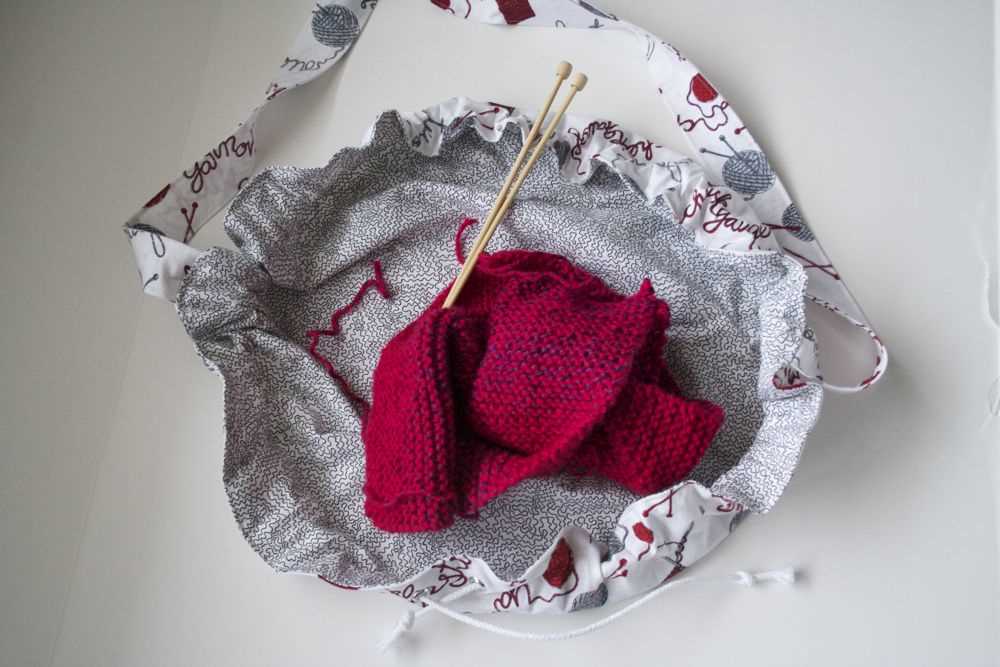
The appearance of your knitting bag is also important. You’ll likely want a fabric that complements your personal style and reflects your creativity. Consider the color, pattern, and texture of the fabric when choosing. Think about whether you want something bold and eye-catching or more understated and classic. Remember that the fabric you choose will be the main visual element of your knitting bag, so choose something that you love!
5. Personal Preferences
Ultimately, the fabric you choose for your knitting bag should align with your personal preferences. Consider factors such as weight, feel, and any special features that are important to you. For example, some knitters may prefer a lightweight fabric that can easily be carried around, while others may prioritize a thicker, more padded fabric for added protection.
With these factors in mind, take the time to explore different fabric options and choose the one that best suits your needs and style. Happy sewing!
Factors to consider when selecting materials
When choosing materials for a knitting bag, there are several factors to consider in order to ensure durability, functionality, and style. The right choice of materials can greatly enhance your knitting experience and make your bag both practical and aesthetically pleasing.
1. Durability:
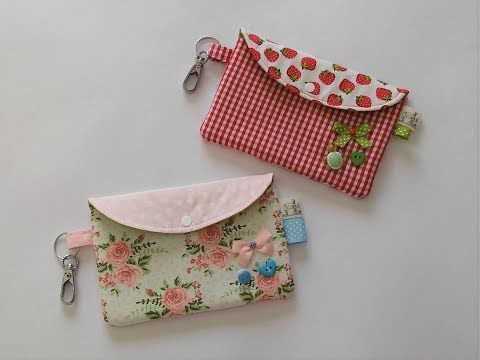
One of the most important factors to consider when selecting materials for a knitting bag is durability. Since knitting projects often involve sharp needles, heavy yarns, and bulky items, it is essential to choose materials that can withstand the wear and tear of regular use. Look for sturdy fabrics such as canvas or denim that are known for their strength and resistance to tearing or stretching.
2. Water resistance:
Knitting projects are vulnerable to water damage, especially if you live in a rainy climate or plan to take your bag outdoors. Consider selecting materials that are water-resistant or have a protective coating to keep your knitting projects safe and dry. This can help prevent any unwanted spills or accidents from ruining your hard work.
3. Storage capacity:
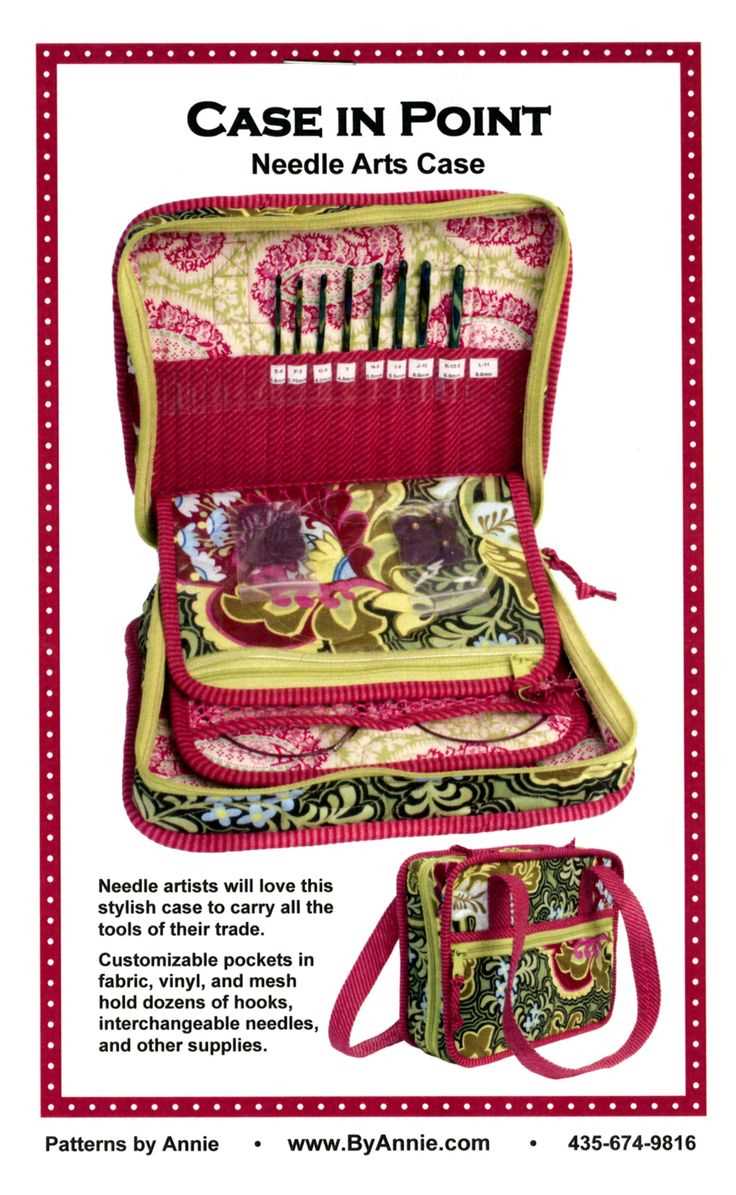
Another important factor to consider is the storage capacity of the knitting bag. Consider the size and number of compartments or pockets that will best accommodate your knitting supplies, including yarn, needles, patterns, and other accessories. Look for materials that are flexible and can expand to accommodate larger projects or bulky items.
4. Style and design:
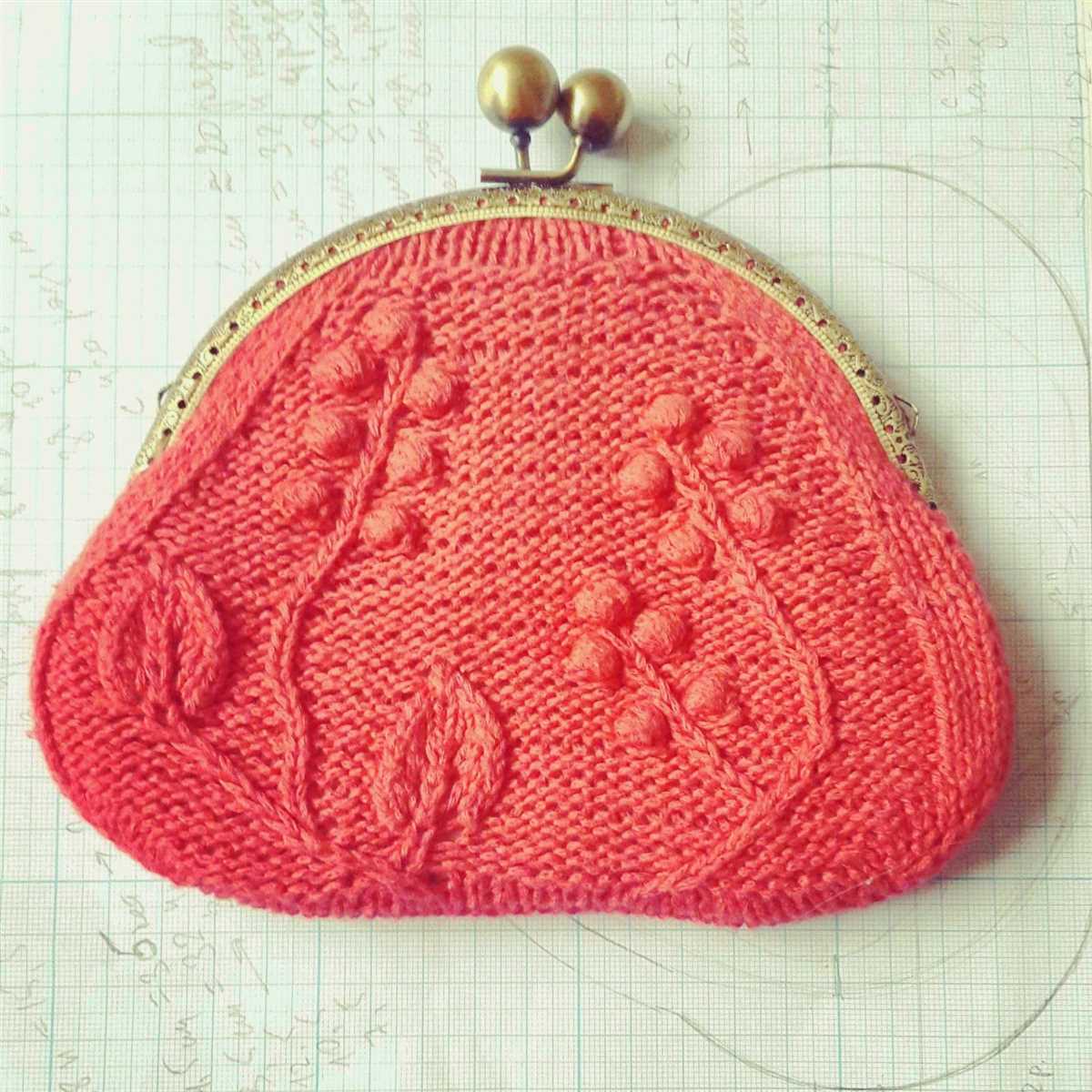
While functionality is key, it is also important to choose materials that reflect your personal style and taste. Select fabrics and patterns that you find visually appealing and that match your overall aesthetic. This will not only make your knitting bag a practical tool but also a fashionable accessory that you can proudly carry anywhere you go.
- Consider the weight of the material to ensure that your bag is not too heavy and difficult to carry around.
- Think about the ease of cleaning the material, especially if you tend to work with colorful or messy projects.
- Look for materials that are eco-friendly and sustainable, such as organic cotton or recycled fabrics, if you prioritize environmentally friendly choices.
Essential features of a knitting bag
A knitting bag is an essential accessory for anyone who loves to knit. It provides a convenient and organized way to carry all the necessary tools and materials for knitting projects. When choosing a knitting bag, there are several key features to consider:
Size and capacity:
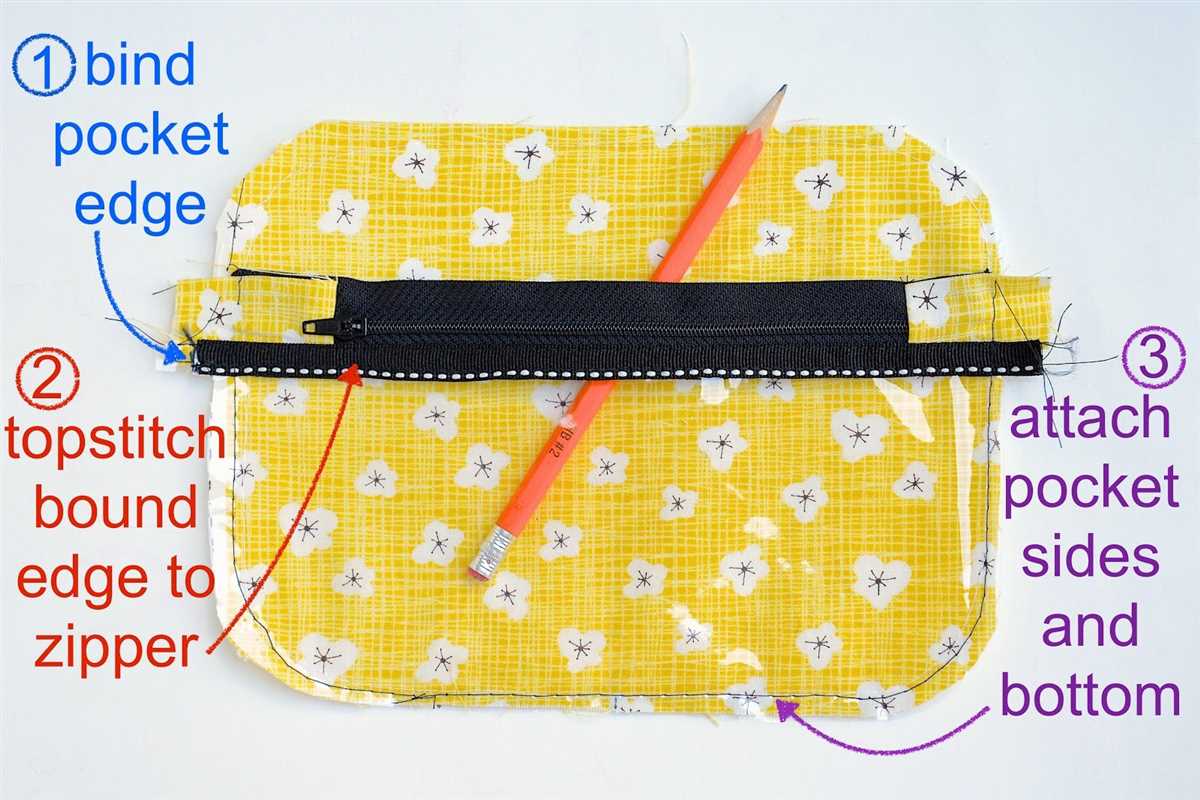
A knitting bag should be large enough to hold all the supplies needed for a project, including yarn, needles, patterns, and any other accessories. It should have multiple compartments and pockets to keep everything organized and easily accessible.
Durability:
A knitting bag should be made from sturdy materials that can withstand the weight of yarn and needles. Look for bags made from durable fabrics such as canvas or nylon, with reinforced stitching and strong handles or straps.
Portability:
A knitting bag should be easy to carry and transport, whether you’re knitting at home or on the go. Look for bags with comfortable handles or straps that can be easily adjusted for carrying by hand or over the shoulder.
Design and aesthetics:
While functionality is important, the design of a knitting bag is also a consideration for many crafters. Some prefer a simple and classic style, while others might prefer a bag with a more colorful or patterned design. Choose a bag that reflects your personal style and makes you happy to carry it.
Additional features:
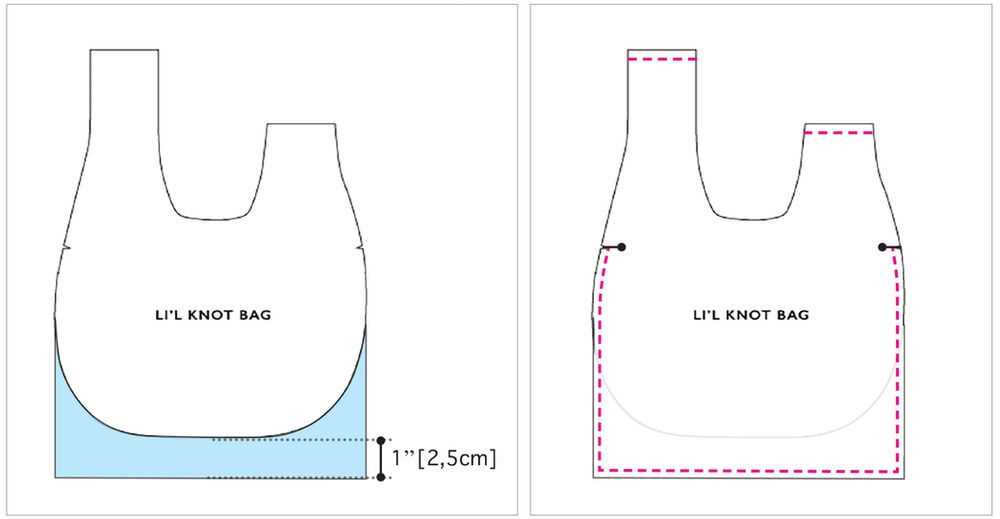
Some knitting bags may have additional features that can be useful, such as built-in yarn guides or holders, pockets specifically designed for needles or other tools, or detachable pouches for smaller accessories. Consider your specific needs and preferences when choosing a bag with these extra features.
Overall, a knitting bag should be functional, durable, and convenient for carrying all your knitting supplies. Consider the size, durability, portability, design, and any additional features when choosing a bag that suits your knitting needs.
Must-have components for convenient usage
When it comes to knitting bag patterns, it is important to consider the must-have components that contribute to convenient usage. These components can greatly enhance your knitting experience and make it easier to carry and organize your knitting supplies. Whether you are a beginner or an experienced knitter, having these components in your knitting bag can make a world of difference.
Adequate size and compartments
The first crucial component for a convenient knitting bag is adequate size and compartments. The bag should be spacious enough to hold your yarn, knitting needles, and any other accessories you may have. Additionally, having multiple compartments or pockets can help you organize your supplies so that everything has its place. This makes it easier to find what you need without having to dig through a messy bag.
Durable and sturdy construction
Another important component is durability and sturdy construction. A knitting bag needs to be able to withstand the weight of your supplies and be able to withstand frequent use. Look for bags made from strong materials such as canvas or nylon, with reinforced stitching and handles. This ensures that your bag will last for a long time and keep your knitting supplies safe and secure.
Easy access and closure
Having easy access and closure mechanisms is also essential for a convenient knitting bag. Look for bags with wide openings or zippers that allow you to easily reach inside and grab your supplies without any hassle. It is also important to have a secure closure mechanism, such as a zipper or magnetic snap, to keep your items from falling out or getting lost.
Comfortable carrying options
Lastly, comfortable carrying options are crucial for a convenient knitting bag. Choose a bag that has padded handles or adjustable straps, so you can carry it comfortably on your shoulder or in your hand. This will prevent strain and discomfort, especially if you have to carry your knitting bag for an extended period of time. Additionally, having a bag that is lightweight can also make a difference in your overall comfort.
In conclusion, when looking for knitting bag patterns to sew, it is important to consider the must-have components that contribute to convenient usage. Adequate size and compartments, durable and sturdy construction, easy access and closure, and comfortable carrying options are all key components to look for. By ensuring that your knitting bag has these components, you can enjoy a more organized and hassle-free knitting experience.
Knitting Bag Patterns for Beginners
When you first start knitting, it’s important to have a designated bag to keep all of your knitting supplies organized and accessible. That’s where a knitting bag pattern tailored for beginners comes in handy. These patterns are designed with simplicity in mind, making them perfect for those who are new to knitting or sewing.
1. Simple Tote Bag: This is the perfect starter project for beginners who want to try their hand at sewing a knitting bag. The pattern usually involves basic sewing techniques and uses a sturdy fabric like canvas or denim. The bag features a spacious interior with compartments to hold yarn, knitting needles, and other accessories.
2. Drawstring Bag: Another popular option for beginners is a drawstring bag. This pattern typically involves sewing two rectangular pieces of fabric together and adding a drawstring closure. The advantage of this style is that it allows for easy access to your knitting supplies while keeping them secure.
3. Pocket Organizer: If you prefer a more compact knitting bag, a pocket organizer pattern might be the right choice for you. This pattern usually includes multiple pockets of various sizes to hold different sizes of knitting needles, stitch markers, and scissors. It’s a great way to keep your supplies neatly organized and easily accessible.
4. Knitting Needle Roll: For knitters who want to keep their knitting needles tidy and organized, a knitting needle roll pattern is perfect. This pattern typically involves sewing multiple pockets of varying lengths to hold different sizes of knitting needles. The roll can then be tied or rolled up for easy storage and transportation.
If you’re a beginner knitter looking to make your own knitting bag, these patterns are a great place to start. They are simple enough for beginners to tackle, while still providing the functionality and organization that every knitter needs. With these bags, you’ll be able to keep your knitting supplies in order and embark on your knitting projects with ease.
Simple designs that are easy to sew
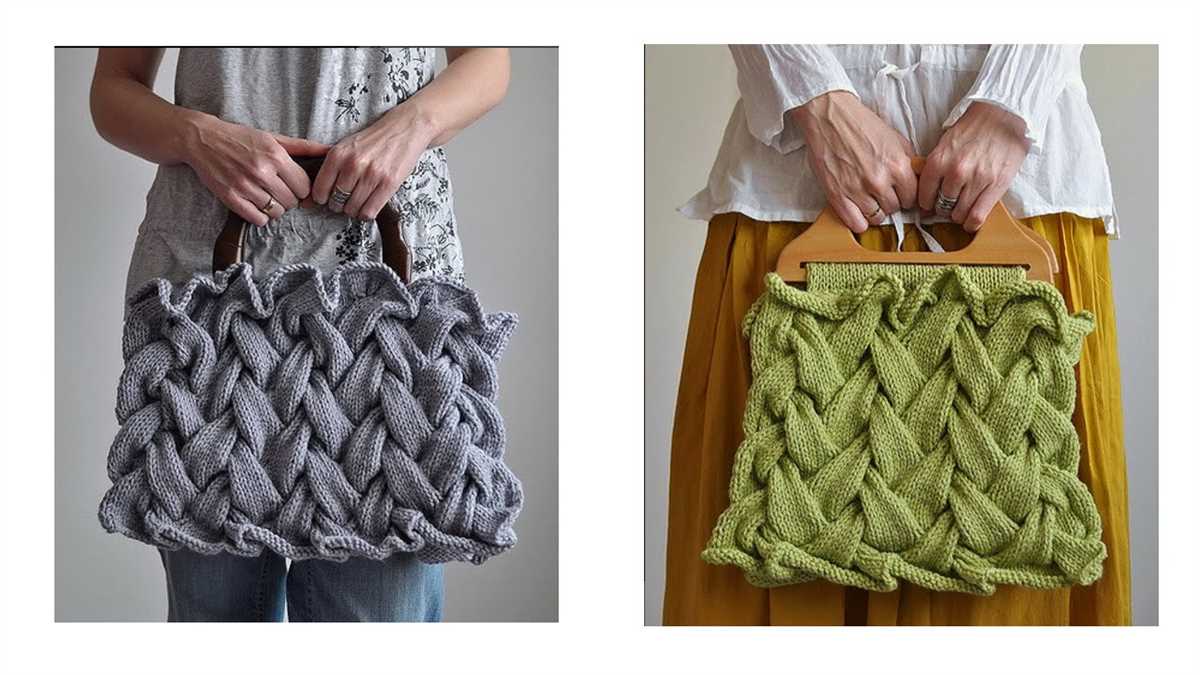
When it comes to sewing your own knitting bag, it’s important to choose a design that is simple and easy to sew. This will allow you to focus on the functionality of the bag, rather than getting caught up in complex construction details. Here are a few simple designs that you can easily sew:
1. Tote bag
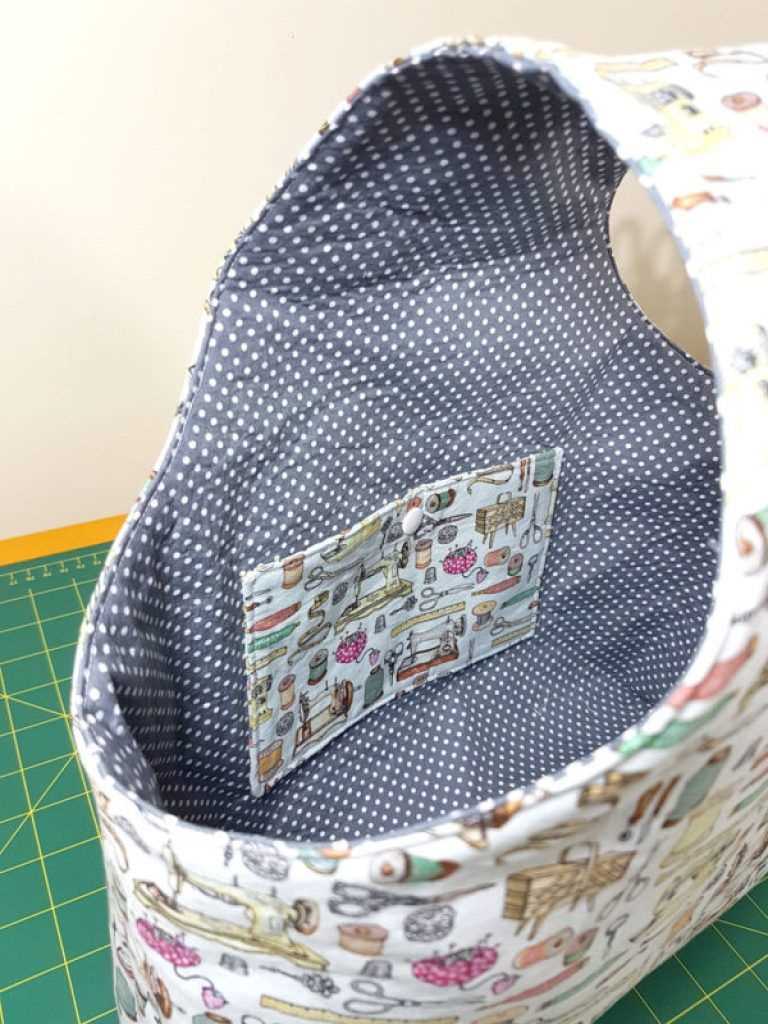
A tote bag is a classic design that is both simple and versatile. It typically features a rectangular shape with two handles that can be easily carried over the shoulder. To sew a tote bag, you will need basic sewing skills such as sewing straight seams and attaching handles. You can choose to add pockets or interior compartments for additional organization.
2. Drawstring bag
A drawstring bag is another simple design that is perfect for storing your knitting supplies. This bag typically has a circular or rectangular shape with a drawstring closure at the top. To sew a drawstring bag, you will need to sew a few straight seams and insert a drawstring channel. You can customize the size of the bag to fit your specific needs.
3. Box bag
A box bag is a great option if you prefer a bag with more structure. This design features a rectangular shape with a boxed bottom, allowing the bag to stand upright. To sew a box bag, you will need to sew straight seams and create boxed corners. You can add a zipper closure or a flap to keep your knitting supplies secure.
These simple designs are perfect for beginners or anyone looking for a quick and easy sewing project. They offer functionality and style while still being easy to sew. Whether you choose a tote bag, drawstring bag, or box bag, you’ll be able to create a knitting bag that suits your needs and showcases your personal style.
Knitting bag patterns for experienced sewers
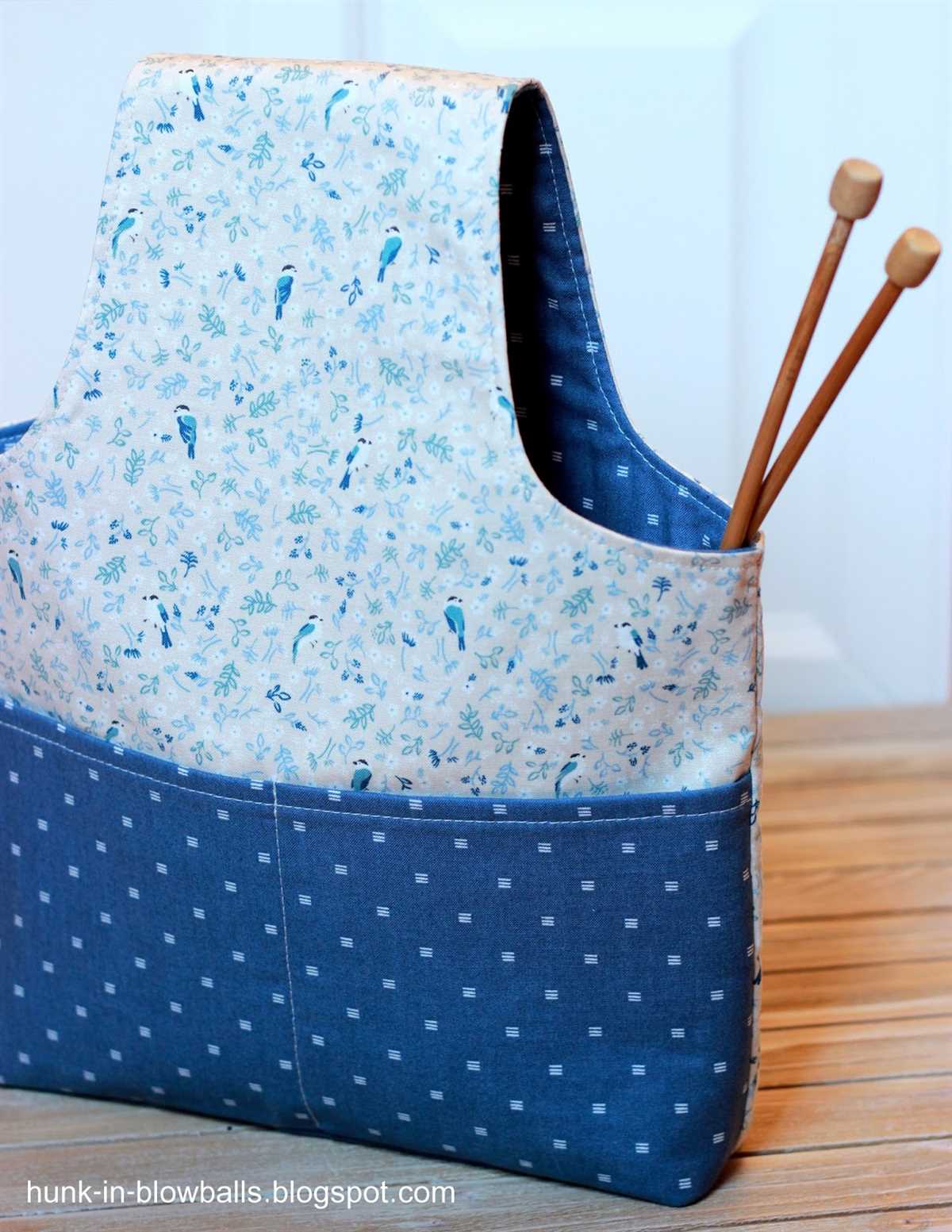
For experienced sewers who are looking to create a specialized knitting bag, there are many patterns available that can suit different needs and preferences. These patterns often provide more intricate details and features, allowing sewers to showcase their skills and creativity.
One popular pattern for experienced sewers is the “Convertible Knitting Tote.” This pattern offers a spacious bag with multiple compartments and pockets, perfect for storing different sizes of knitting needles, yarn, and accessories. The bag can also be transformed into a backpack, making it convenient to carry on-the-go.
Another pattern that showcases the skills of experienced sewers is the “Quilted Knitting Bag.” This pattern incorporates quilting techniques to create a durable and stylish bag. The bag features multiple internal pockets and a zippered closure to keep knitting supplies organized and secure. The quilted design adds a unique touch and can be customized with different fabric patterns and colors.
For those with a love for vintage styles, the “Retro Knitting Bag” pattern offers a nostalgic design with a modern twist. This pattern usually includes features such as a sturdy frame, rigid bottom, and a top closure with snap fasteners. The bag can be embellished with decorative trims, buttons, or embroidery, allowing sewers to add their personal touch.
Experienced sewers can also challenge themselves with more complex patterns, such as the “Knitting Tote with Built-in Project Bag.” This pattern combines a roomy tote bag with a detachable project bag for ultimate organization and convenience. The project bag can be easily attached or detached, allowing knitters to take their current projects with them while keeping other supplies neatly stored.
Whether sewers are looking for functional, stylish, or unique designs, there are plenty of knitting bag patterns available to suit their preferences. These patterns provide an opportunity for experienced sewers to showcase their skills and create a one-of-a-kind bag that perfectly complements their knitting projects.
Challenging designs for advanced crafters
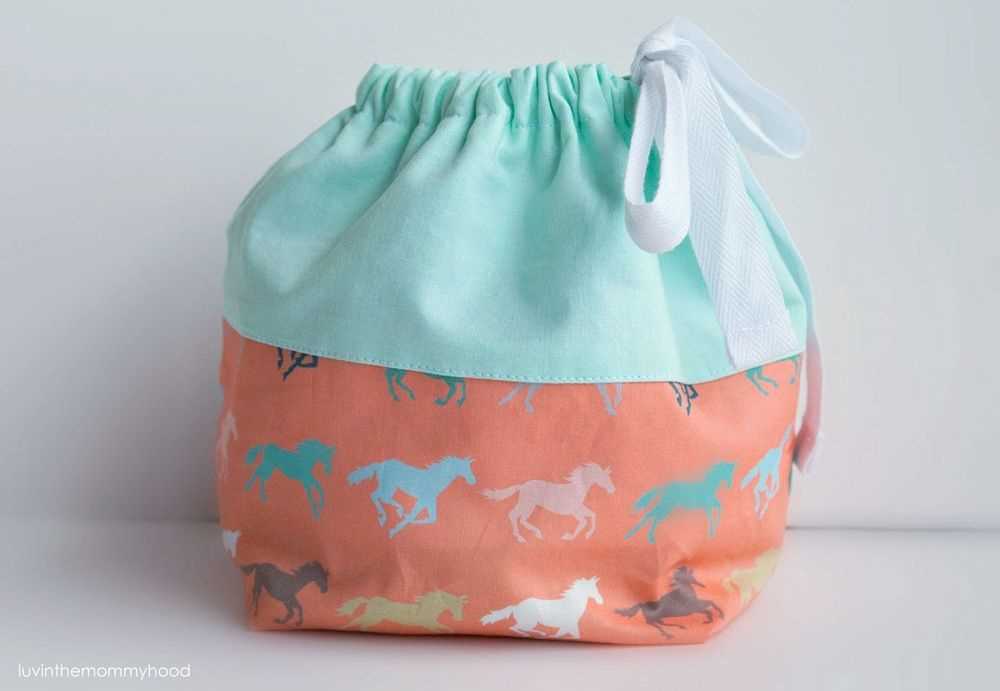
For advanced crafters looking for a challenge, there are a variety of knitting bag patterns that will put their skills to the test. These designs require intricate stitches, intricate colorwork, and attention to detail. They are perfect for those who have mastered the basics and are looking to take their knitting to the next level.
One challenging design is the Fair Isle knitting bag pattern. Fair Isle is a traditional knitting technique that involves using multiple colors in a single row to create intricate patterns. The technique requires careful tension control and the ability to manage multiple strands of yarn at once. This pattern will challenge even the most experienced knitters, but the end result is a stunning bag with a unique and eye-catching design.
Another challenging design is the cabled knitting bag pattern. Cables are created by crossing stitches over each other, creating a textured and intricate pattern. This technique requires a high level of precision and concentration, as well as the ability to read and follow complex cable charts. The result is a bag with a beautiful, three-dimensional texture that is sure to impress.
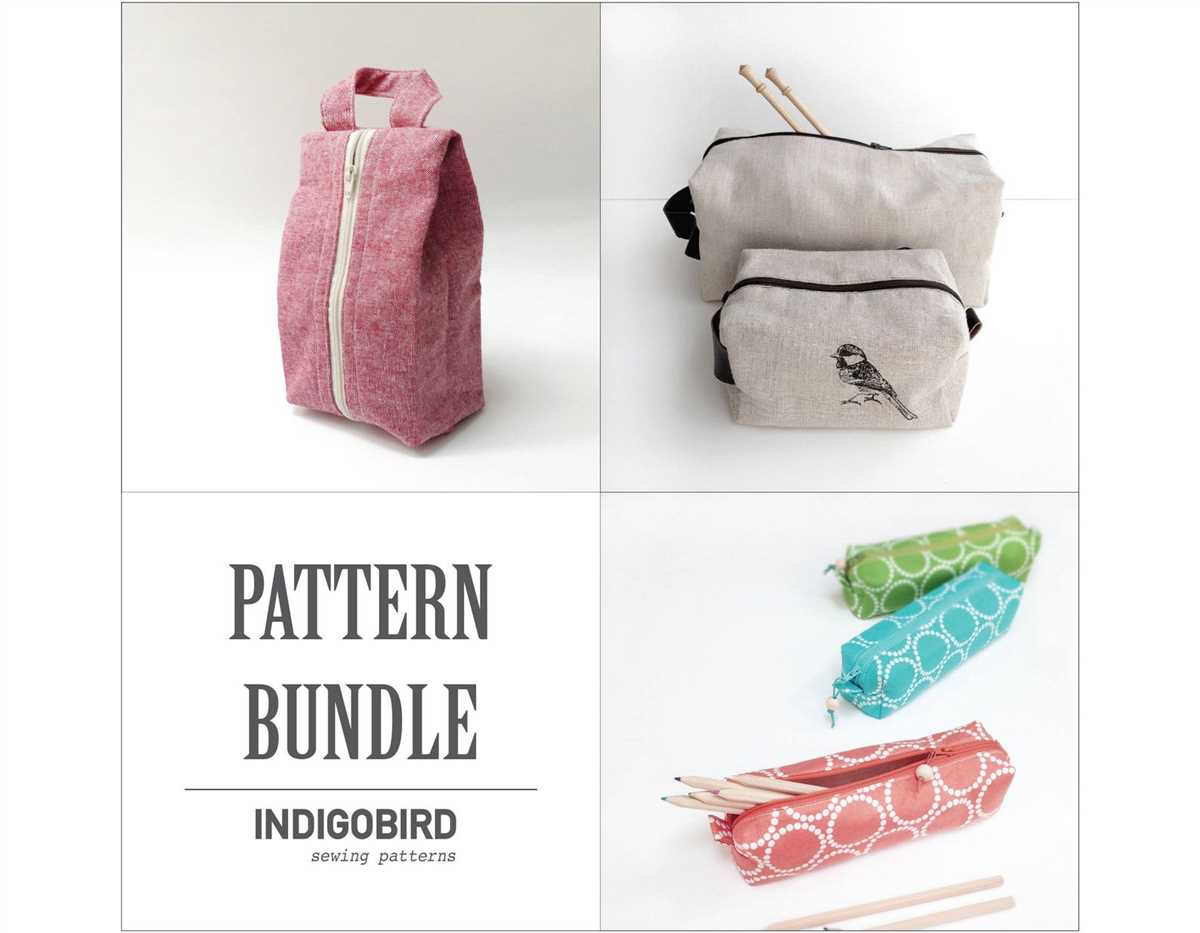
If you’re up for a challenge, these knitting bag patterns are a great way to test your skills and expand your knitting repertoire. Not only will you end up with a beautiful and functional bag, but you’ll also have the satisfaction of knowing that you took on a difficult project and conquered it.
- Fair Isle knitting bag pattern
- Cabled knitting bag pattern
So, if you’re an advanced crafter looking for a challenge, why not give one of these challenging knitting bag patterns a try? You may discover new techniques and skills along the way, and the end result will be a bag that you can be proud of.
Tips for customizing your knitting bag
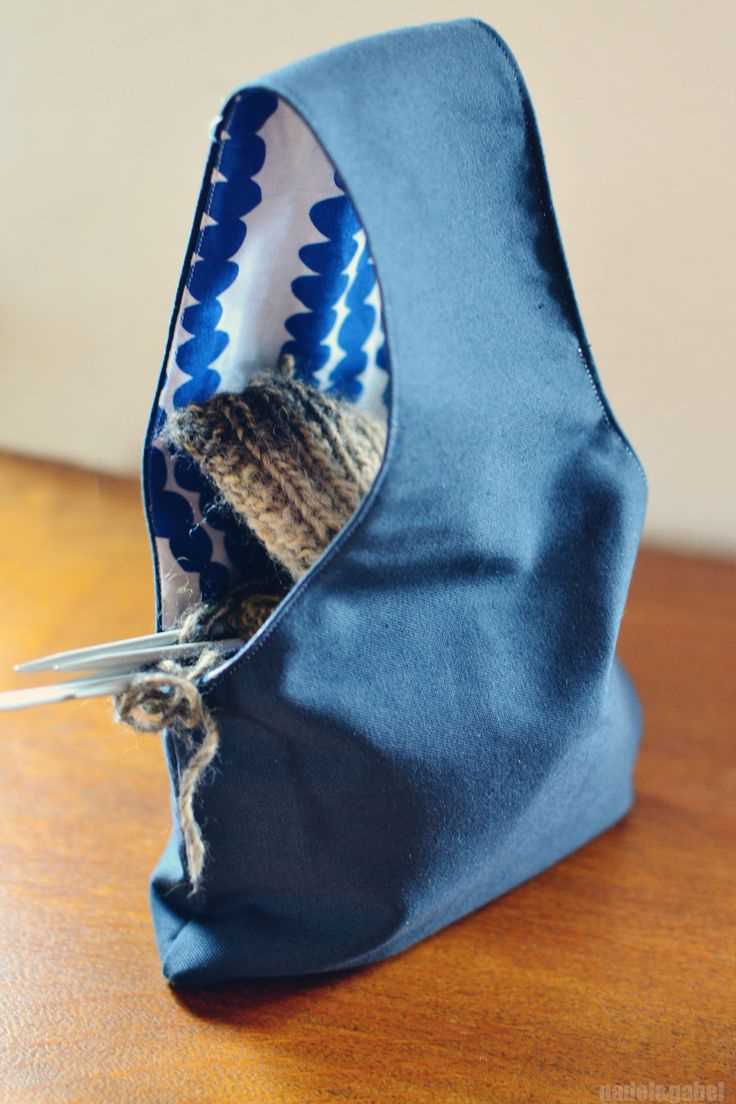
Having a knitting bag that reflects your personal style and meets your specific needs can make the knitting experience even more enjoyable. Here are some tips for customizing your knitting bag:
1. Choose the right size
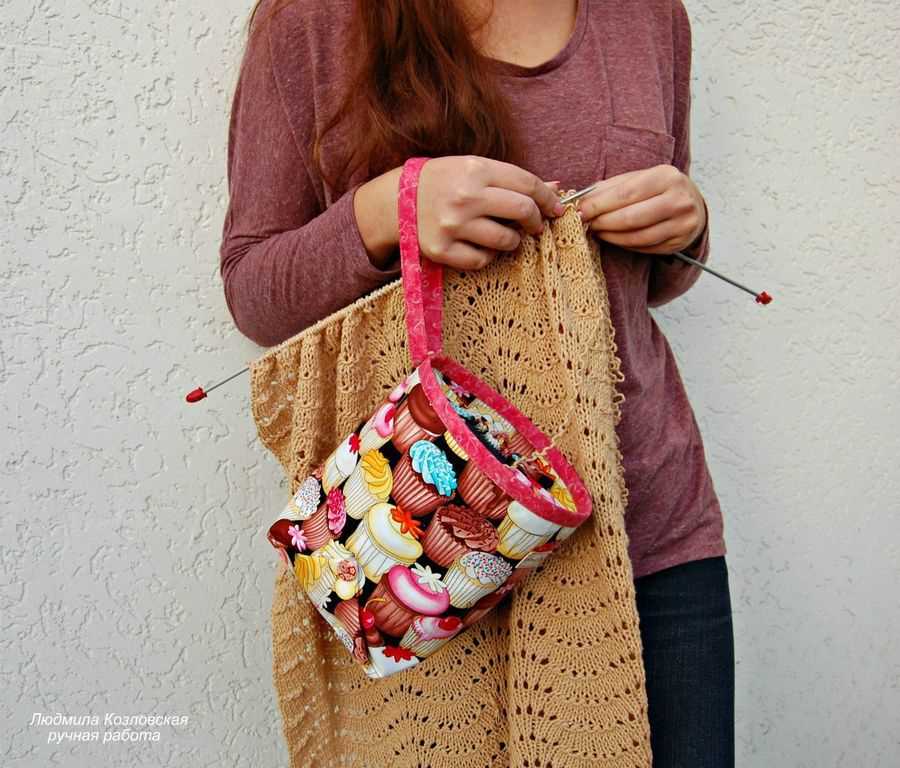
Consider the size of the projects you typically work on and the amount of supplies you usually carry. If you mainly knit small items like socks or hats, a compact bag may be sufficient. However, if you often tackle larger projects like sweaters or blankets, a larger bag with plenty of storage space would be ideal.
2. Opt for functional pockets
Pockets are essential for keeping your knitting accessories organized and easily accessible. Look for a bag that has a variety of pocket sizes to accommodate different items such as knitting needles, stitch markers, scissors, and yarn. Consider whether you prefer open pockets or compartments with zippers or snaps for added security.
3. Add personal touches
Make your knitting bag truly your own by adding personal touches. Sew on patches or buttons that represent your interests or decorate it with embroidery or appliques. You can also use fabric markers or iron-on transfers to create custom designs on the bag.
4. Consider durability
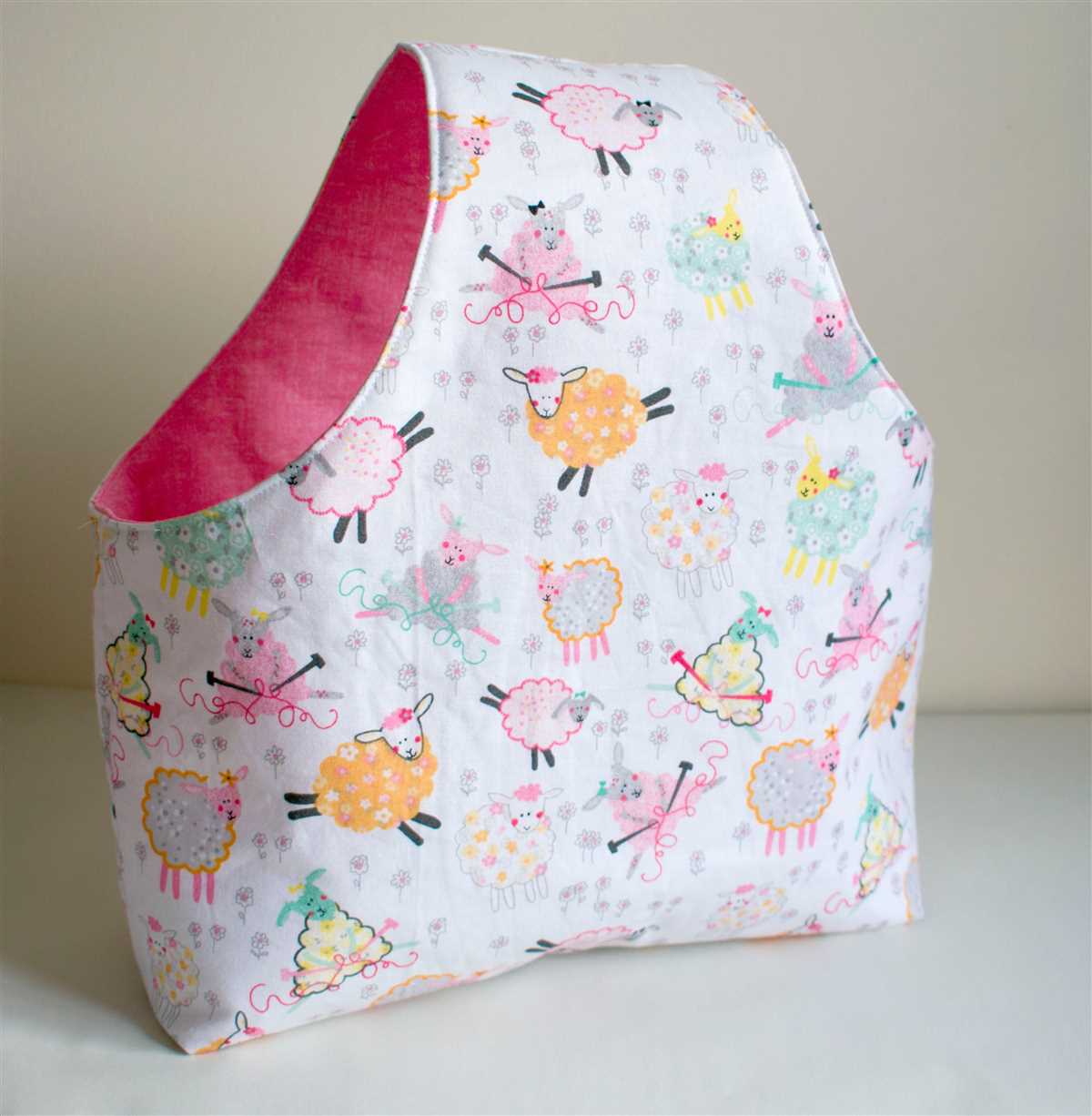
Knitting bags are subjected to regular use, so it’s important to choose one that is sturdy and durable. Look for bags made from strong, high-quality materials such as canvas or nylon. Additionally, ensure that the bag has reinforced handles and high-quality zippers or closures to withstand the weight of your knitting projects.
5. Think about portability
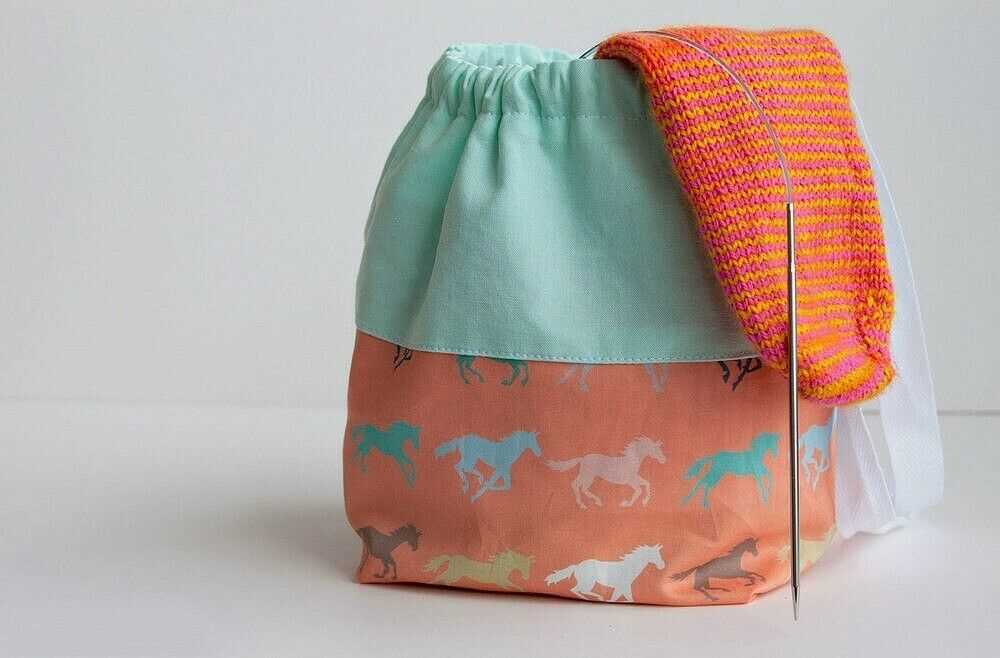
If you often knit on the go, opt for a bag that is easy to carry and transport. Look for bags with adjustable shoulder straps or handles that can be comfortably carried. Additionally, consider whether you prefer a bag that can be folded or rolled up for easy storage when not in use.
By customizing your knitting bag to suit your needs and style, you can have a functional and personalized accessory that will enhance your knitting experience. Whether you prefer a small, compact bag or a large, spacious one with multiple pockets, there are plenty of options available to help you create the perfect knitting bag for yourself.
Adding Personal Touches and Modifications
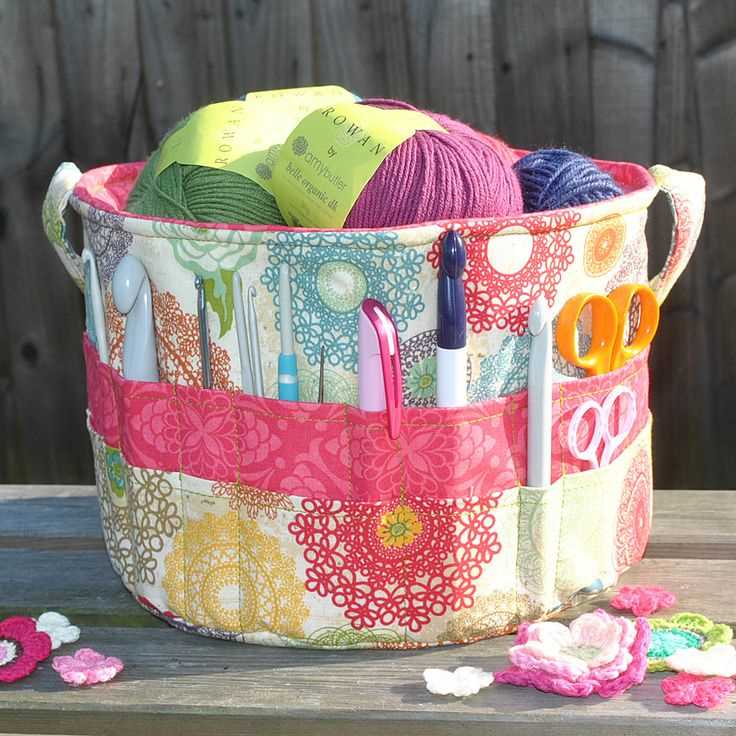
Once you have chosen a knitting bag pattern to sew, you can add personal touches and modifications to make it truly your own. Here are some ideas to consider:
Add Pockets
If the pattern does not include pockets, you can easily add them to the bag. Pockets are great for storing small accessories like stitch markers, scissors, and tapestry needles. You can sew on simple patch pockets or create zippered or buttoned pockets for added security.
Embroidery or Appliqué
Add a personal touch to your knitting bag by embroidering or appliquéing a design onto the fabric. You can choose a pattern or motif that represents your knitting style or interests. This is a great way to showcase your creativity and make your bag unique.
Adjust the Size
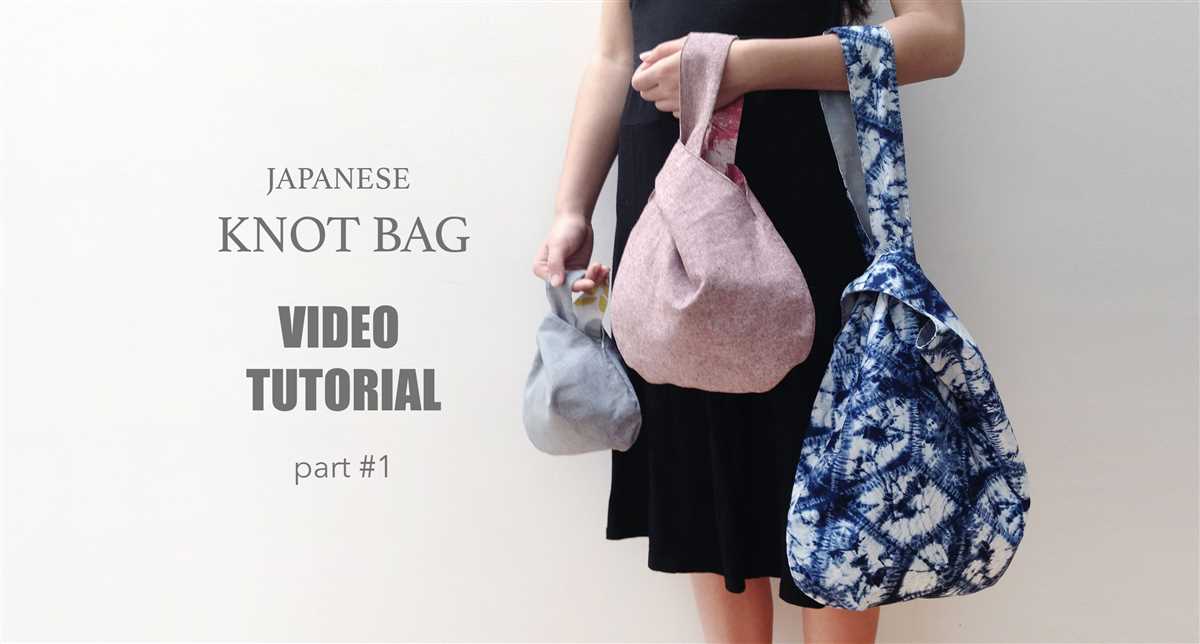
If you prefer a larger or smaller bag, you can easily adjust the size of the pattern. Simply add or subtract inches to the measurements provided in the pattern. Keep in mind that if you make the bag bigger, you may need to adjust the size of the handles or straps accordingly.
Lining
To give your knitting bag a polished and professional look, consider adding a lining. This will add structure to the bag and protect your knitting projects from snagging on any seams. You can use a coordinating fabric or choose something fun and colorful to brighten up the inside of your bag.
Additional Storage Options
If you need more storage options, you can add additional compartments or dividers to the bag. This can be done by sewing in fabric partitions or attaching removable pouches or organizers. This will help keep your knitting accessories and projects organized and easily accessible.
By adding personal touches and modifications to your knitting bag, you can create a truly unique and functional accessory. Whether it’s adding pockets for extra storage or embroidering a beautiful design, these modifications can make your knitting bag a reflection of your personal style and creativity.
Q&A:
What is a knitting bag pattern?
A knitting bag pattern is a set of instructions that guide you in creating a bag specifically designed for holding knitting supplies and projects.
Why should I sew a knitting bag pattern instead of buying one?
Sewing a knitting bag pattern allows you to customize the size, design, and features of the bag to perfectly suit your needs. It also gives you the opportunity to use your favorite fabrics and showcase your sewing skills.
What are some common features of knitting bag patterns?
Common features of knitting bag patterns include multiple pockets and compartments for organizing different sizes of needles, yarn, and accessories, reinforced handles or shoulder straps for added durability, and a secure closure such as a zipper or drawstring to keep everything in place.
Where can I find knitting bag patterns to sew?
You can find knitting bag patterns to sew in various places, including sewing pattern websites, craft stores, and online marketplaces. There are also many free patterns available on blogs and DIY websites.
Are knitting bag patterns suitable for beginners?
Yes, there are knitting bag patterns available for all skill levels. If you are a beginner, look for patterns labeled as “easy” or “beginner-friendly.” These patterns often have step-by-step instructions and simpler construction techniques to help you successfully complete your project.
What are some popular knitting bag patterns to sew?
Some popular knitting bag patterns to sew include tote bags, drawstring bags, and project bags with multiple compartments.